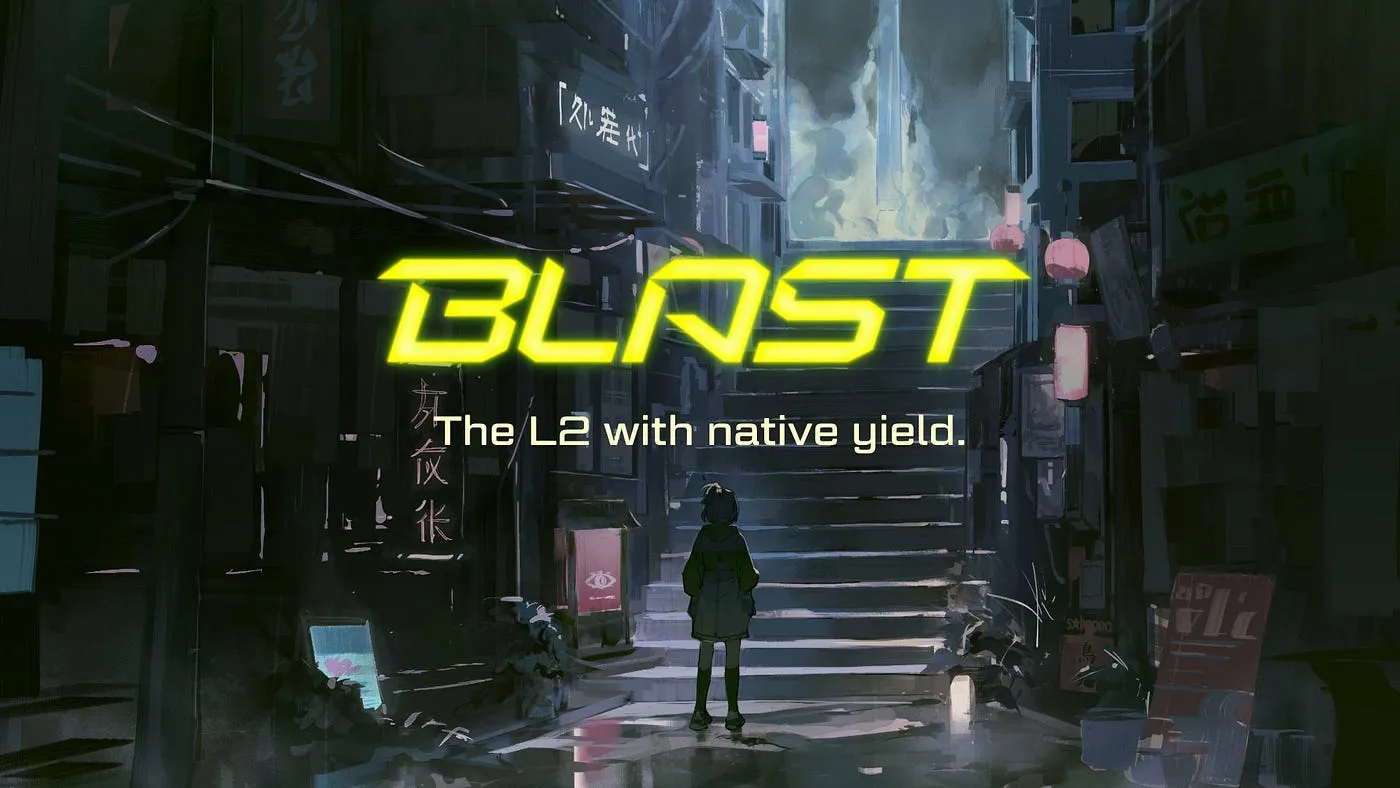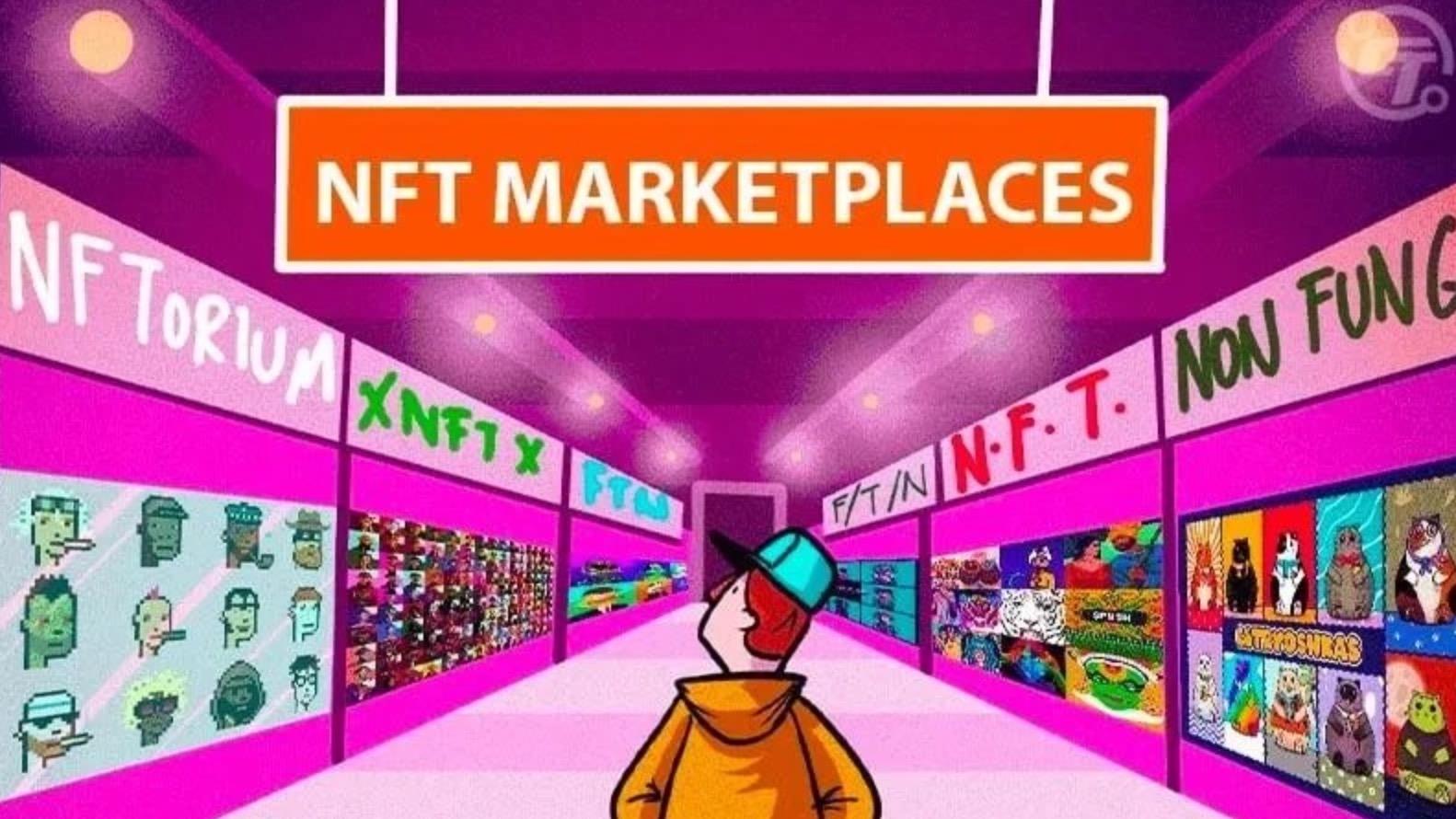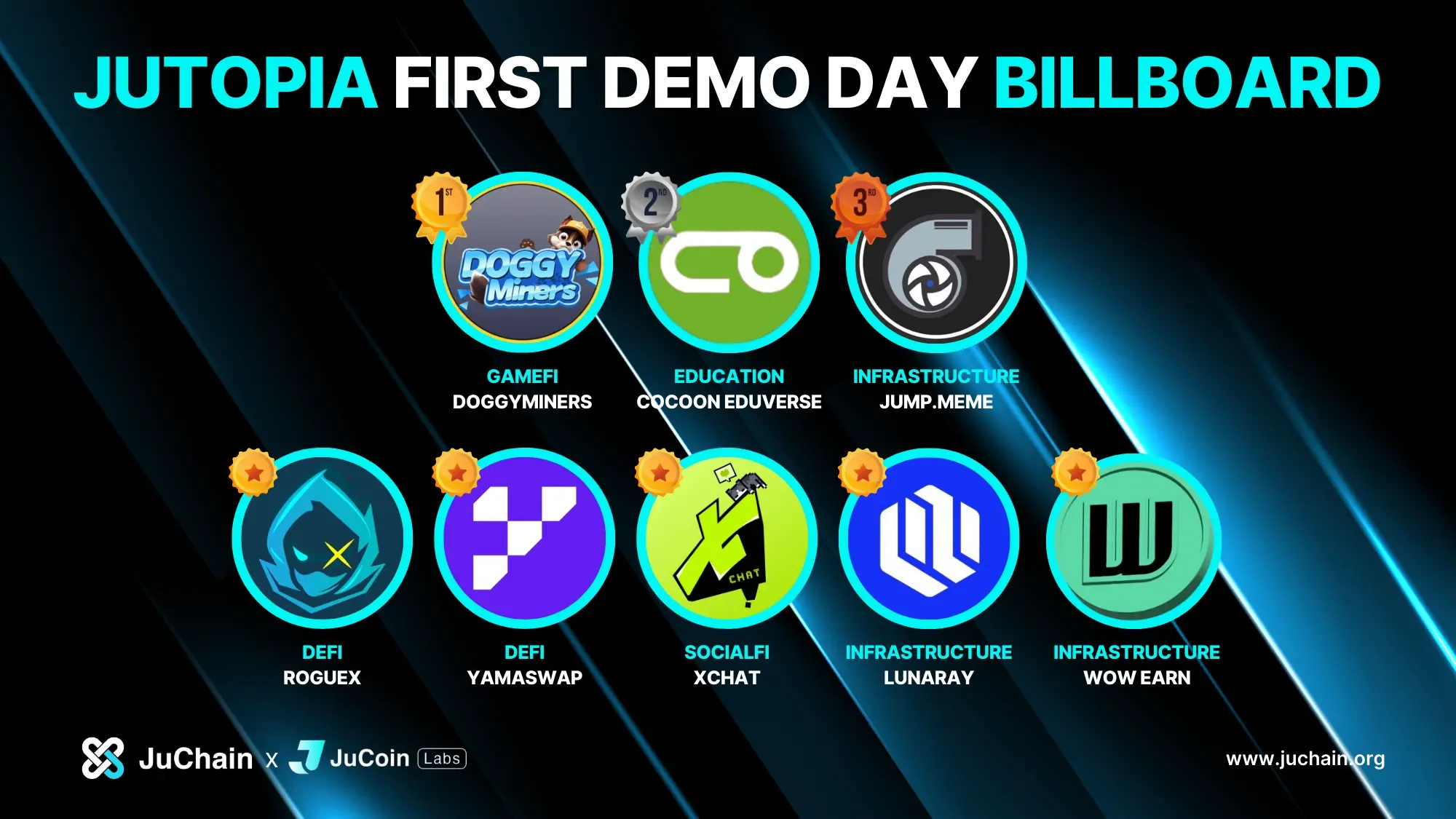OP Research: The AI Transformation of Blockchain
Author: CloudY, Jam, OP Research
At the end of November 2022, OpenAI launched the intelligent dialogue system ChatGPT, which quickly attracted global attention and heated discussions.
Related stocks in the AI sector, whether in A-shares, US stocks, or Crypto, experienced a surge. As ChatGPT was widely used, people began to realize its impact on the entire world, leading to the emergence of new ChatGPT application scenarios and iterations of similar products.
Even Microsoft gained immense investor expectations due to its acquisition of OpenAI and the integration of ChatGPT into Bing and the Office ecosystem, causing its stock price to soar. Until the arrival of ChatGPT 4, its demonstration of superintelligence brought people back to a state of calm, prompting them to consider the changes AI could bring to their respective industries, as well as the potential risks of AI's further development.
This article is written against this backdrop, attempting to find answers to these questions through research and reflection on the AI and Blockchain industries.
Current Development Status of the AI Industry
Productivity Tools
AI can be seen as a productivity tool. Just like stone tools, steam engines, internal combustion engines, electric motors, computers, and the internet have transformed human society, AI changes productivity. It lowers the threshold for human-computer interaction while improving the efficiency of repetitive production, enhancing the quality of human life and reducing obstacles to human development.
Specifically, AI technology has had a profound impact on many industries, such as intelligent manufacturing, healthcare, finance, transportation, and education. Through AI technology, people can enable machines to learn and autonomously perform some non-creative tasks, which can improve production efficiency and reduce costs in certain industries. For example, using AI to predict protein structures for the development of new drugs, the ESMFold trained by the Meta AI team predicted over 600 million proteins from metagenomes, showcasing the breadth and diversity of proteins in nature, which was unimaginable in the past.
In simpler terms, using AI technology, we can process previously complex programs with natural language. We do not need to understand the principles of complex programs or know how to write code; we just need to tell AI what kind of result we want, and AI can execute the intermediate steps to achieve the desired outcome. This is the productivity enhancement brought by AI.
 * (Source: Goldman Sachs Global Investment Research)*
* (Source: Goldman Sachs Global Investment Research)*
This is what everyone knows as AIGC, which will see broader applications in intelligent customer service, virtual humans, gaming, and more. ChatGPT can provide a smoother and more natural dialogue experience for virtual humans, gaming, and other fields based on existing corpora, further enhancing user experience and the market competitiveness of products. More importantly, ChatGPT can replace humans in completing some repetitive content creation tasks, such as formulaic reports, simple information collection and summarization, translation, and illustration under specific conditions. This further liberates human productivity, allowing them to focus on inputting key instructions or creating, rather than repetitively executing commands.
Technology Trend Guide
The current core applications of AI include general artificial intelligence, knowledge graphs, data analysis and synthesis, autonomous driving, and AIGC.
Among them:
Knowledge Graphs: Knowledge graphs represent various entities, relationships, and attributes in a graphical form to support intelligent search, recommendation, and Q&A applications.
Synthetic Data: Synthetic data is generated through machine learning and other AI technologies and can be used for training and evaluating AI models. Due to privacy and security reasons, real data is often difficult to obtain or share. Therefore, synthetic data can replace real data in certain scenarios.
AIGC: AIGC technology is based on deep learning and generative models, applicable in text generation, audio generation, image generation, video generation, and other fields. It is currently one of the most widely discussed and applied directions.
 * Source: Guohai Securities Research Institute*
* Source: Guohai Securities Research Institute*
In terms of market financing quantity and amount statistics, as well as media attention, 2022 was undoubtedly a year of AIGC explosion. However, AIGC is still a relatively new technology, and it is in the early stages of exploration and development.
Specifically, the development stages of AIGC can be described as:
Research Stage: Mainly focuses on the basic principles and algorithms of AIGC, exploring how to train and optimize models, and establishing databases.
Application Stage: AIGC begins to be applied in various practical scenarios, exploring how to apply AIGC technology to specific fields.
Industrialization Stage: AIGC starts to be widely applied in various industries and fields, forming its own industrial chain and supporting ecosystem.
Overall, we have just transitioned from the research stage to the application stage, and the development of AIGC is still in its infancy.
 * Source: Guohai Securities Research Institute*
* Source: Guohai Securities Research Institute*
Core Elements
Data, algorithms, and computing power are the three core elements of AI development.
In terms of data, as AI technology continues to develop, the quality and diversity of data have become increasingly important. In addition to vast amounts of application scenario data, effective cleaning, preprocessing, and labeling of data are also needed to improve the accuracy of algorithm training. Moreover, cross-modal and cross-domain data fusion issues need to be considered to better mine the value and intelligence of data.
In terms of algorithms, the development of AI technology is still in a continuous iteration and enhancement process. Future development trends will mainly focus on multimodal and large models of deep learning algorithms, as well as innovations in autonomous learning, knowledge transfer, and incremental learning. This will further enhance the intelligence level and application scope of AI algorithms, promoting the widespread application of AI technology.
In terms of computing power, with the continuous acceleration and optimization of AI computing, hardware carriers are also being upgraded and improved. For example, the emergence of dedicated chips like GPUs and TPUs has greatly improved the efficiency and speed of AI computing. Additionally, the development of cloud computing and edge computing has provided a more flexible and diverse computing environment for AI computing power.
 Source: Goldman Sachs Global Investment Research
Source: Goldman Sachs Global Investment Research
Current Development Status of the Blockchain Industry
Distributed Ledger
Blockchain is a decentralized distributed ledger.
First, Blockchain has the property of immutability, which comes from the consensus mechanism underlying the blockchain. Since the on-chain data is recorded by blocks and witnessed by miners/validator nodes, and the blocks are interconnected and continuously recorded, the on-chain data generated by smart contracts and accounts cannot be modified once recorded in a block.
As the number of nodes increases, geographic distribution expands, and computing power enhances or the value of staked tokens rises, the difficulty and cost of disrupting consensus will increase. Therefore, centralized individuals find it difficult to change already recorded content.
Secondly, under the premise of immutability, smart contracts built on code allow users to interact without trusting anyone. Smart contracts will execute code according to preset paths to achieve corresponding operations. This makes trustless on-chain transactions possible.
At the same time, only the corresponding account can call the assets belonging to it within the smart contract, and there is no situation where other accounts can transfer the original account's assets through the smart contract. Moreover, every operation of the original account requires a signature to confirm identity, and the first transfer interaction even requires prior approval for the smart contract to access the account's assets. This makes the user's wallet account their best identity (DID) and asset carrier.
Within the framework of consensus mechanisms and smart contracts, all on-chain assets and behaviors can be recorded and confirmed, and the rights generated based on them can be automatically aggregated to their owners' accounts. This can directly solve the issues of "fake identities" and "substitution of rights," as no one can simply copy and paste to steal others' assets, nor can anyone replace the rights owner to gain benefits.
Specifically, digital assets can be defined in token form with their unique smart contract addresses, such as using NFTs to represent digital artworks; while anyone's behavior can be proven with non-tradable tokens (SBT), such as certifying their work content or existence in time and space (Proof of Work/Proof of Attendance).
Technology Trend Guide
Layer 0-2 is the layered structure of Blockchain technology architecture, while consortium chains and private chains are different types of Blockchain application scenarios.
Layer 0: Layer 0 refers to the physical facilities and network architecture of Blockchain, including hardware devices, network protocols, and transmission media, which support cross-chain information and solve the underlying issues of asset transfer. Currently, Cosmos, Polkadot, and LayerZero are the main technical representatives.
Layer 1: Layer 1 is the foundational layer of Blockchain, also known as public chains, including Bitcoin, Ethereum, etc. The protocol design and technical implementation of Layer 1 determine the basic performance and functionality of Blockchain. It can be further subdivided into EVM and non-EVM systems based on type.
Layer 2: Layer 2 refers to the protocols and solutions built on top of Layer 1 to enhance Blockchain performance and expand application scenarios. There are currently six types of Layer 2 protocols, with ZK Rollup and Optimistic Rollup being mainstream. These protocols can enable Blockchain to handle more transactions, increase TPS, and reduce gas fees.
Consortium Chain: A consortium chain is a blockchain network jointly managed and controlled by multiple organizations or institutions, usually collaborating for common interest goals, such as banks, insurance companies, supply chain companies, etc. Unlike public chains, consortium chains have limited participants and relatively fewer nodes, thus improving transaction speed and security.
Private Chain: A private chain is a blockchain network independently controlled by a single organization or institution, typically allowing only internal personnel to participate.

Core Elements
Distributed nodes, cryptography, consensus algorithms, smart contracts, and cryptocurrencies are the core elements of Blockchain development.
Distributed nodes are the most critical part of Blockchain technology, enabling data to be stored and transmitted in a decentralized manner. Cryptography is an important theoretical tool to ensure the security and privacy of Blockchain. In addition, consensus algorithms are key to achieving distributed consistency in Blockchain. Smart contracts are executable computer programs that can perform various logical instructions on Blockchain. Finally, cryptocurrencies ensure the security and anonymity of transactions through cryptographic techniques.
Through distributed nodes, all participants can have a complete copy of the data, ensuring transparency and security. The core technologies of Blockchain—hash functions, digital signatures, and asymmetric encryption—are all applications of cryptography. They help ensure data integrity and identity authentication while also protecting user privacy.
Through consensus algorithms, all nodes can reach a consistent agreement, ensuring data consistency and immutability. Common consensus algorithms include PoW, PoS, etc. Smart contracts can enable transactions without third-party trust, thus improving transaction efficiency and security to some extent. The emergence of cryptocurrencies like Bitcoin and Ethereum has driven the widespread application and development of blockchain technology.
Intersection of Blockchain and AI
As part of the Blockchain industry, under the wave of AI, we also need to consider: Does the change brought by AI to the world include Blockchain? If so, what would that change be? And how does Blockchain's decentralization and rights confirmation capabilities further impact AI?
Firstly, AI, as a productivity tool, can lower technical barriers, which naturally can also lower the technical barriers in the Blockchain industry and increase its production efficiency.
Secondly, AIGC will allow games and the metaverse to break free from programmed settings, bringing new narratives and gameplay to Blockchain.
Moreover, Blockchain's smart contracts can define the fields and scope that AI can involve, or limit AI's permissions to prevent its excessive development.
At the same time, Blockchain's decentralization can provide resource sharing and allocation of computing power needed for AI's underlying data and training models.
Additionally, Blockchain's rights confirmation capability can provide proof for data, identity, and ownership, avoiding conflicts of interest brought by AI.
Significance of AI to Blockchain
Firstly, AI, as a tool, can lower the barriers to content creation. It allows every ordinary person to showcase their creativity without technical limitations, producing high-quality content or NFT works. This includes, but is not limited to, NFT creation, game asset creation, metaverse modeling, and code building.
However, the current application of AIGC in the NFT field is limited to simple image outputs, which does not fundamentally differ from traditional Generative Art. The real application of AIGC in NFTs should be further expanded on NFT characteristics, just like Mirror World uses AI to build the soul of NFTs.
 * Source: A16Z Research*
* Source: A16Z Research*
Secondly, it lowers the technical barriers to coding. Coding can be divided into two directions: one is project issuance and smart contract deployment, and the other is hacking or white-hat activities. These two directions represent opposing ends of generation, meaning we can use AI for natural language programming to deploy the smart contracts we need, while the other side can use AI to analyze contract codes and launch attacks. In this way, we can use AI to iterate on already deployed contract codes, leading to internal competition and helping the entire industry establish more complete and reliable code. On this basis, everyone can focus more on optimizing blockchain architecture or designing entire projects, or on economic models to enrich project gameplay and innovate at the business level.
Similarly, when AI simplifies the entire technical barrier, previously complex operations can be widely applied. For example, circular loans, flash loans, optimal mining strategies, automatic yield acquisition, and determining exit times for head mining can all be completed by AI. AI can autonomously program, choose paths, and deploy directly. Just like skill cards in Yu-Gi-Oh, we only need to use the skill card, and then the skill will appear and take effect on its own. This can delegate operations that previously required a high threshold to ordinary users.
Taking MEV as an example, if we want to capture MEV value, we need to write an MEV sandwich bot. When ordinary people can also do this, there will be no profit margin because when everyone can do it, it will come down to competing on gas fees. Due to game theory principles, the final MEV value will be drained by high gas fees, ultimately leading to no profits and reducing the impact of MEV. This represents a forced optimization of the industry through the decentralization of technology.
Alternatively, it can promote the popularization of blockchain technology. According to Footprint Analytics data, there are currently only about 320,000 active Ethereum users, which is just a fraction of internet users. The biggest problem is that users have no demand to enter the blockchain, and a small number of users with demand are blocked by complex on-chain interactions. Additionally, previous data on-chain or using blockchain-based tickets and certificates required building a blockchain system or paying large gas fees, which is a huge cost. Now, based on AI technology, we can achieve low-cost blockchain construction or optimize on-chain data usage paths to reduce gas fees. Therefore, any place that requires rights confirmation and information transparency can utilize blockchain technology and deploy smart contracts. Thus, the simplified interaction system through AI will bring a large number of users to the Blockchain industry.
We need to understand that the changes brought by AI only exist at the application layer of blockchain. Users, based on their understanding in interactions, can use AI to skip the process of writing smart contracts and directly deploy applications to solve specific needs. The key to project issuance will no longer be issuance but innovation and operation. I believe that the future landscape of the application layer will undergo tremendous changes. However, changes in the execution layer, consensus layer, and data layer beneath the application layer are beyond the capabilities of AI, as these are innovations in the underlying mechanisms and are not areas where simplification of repetitive work can bring qualitative changes. Just as the implementation of EIP1559 during the London upgrade provided Ethereum with further momentum, the completion of the Shanghai upgrade will increase ETH staking and enhance Ethereum's security, allowing the LSD sector to take off again.
 * Source: Crypto.com*
* Source: Crypto.com*
Role of Blockchain in AI
The decentralized nature of Blockchain contrasts with the centralized characteristics exhibited by current AI technology development, but this very divergence provides solutions to the problems faced by AI.
Modern AI and big data technologies are largely centralized, typically controlled by a few large companies or organizations that possess strong technology and resources and have the power to determine market direction and user behavior. This centralization means that users must trust that AI will honestly execute instructions. Therefore, there are certain risks and issues in the development and application of AI, such as privacy breaches, algorithmic bias, and data misuse.
However, the distributed and decentralized characteristics of Blockchain can solve these problems. Through smart contracts, AI's data sets and operational scope can be limited to prevent malicious behavior; at the same time, nodes can be established to monitor AI's behavior. If it behaves maliciously, supervisors can report it, and the computing power used by AI can be confiscated, ensuring that AI only engages in actions that promote human development and preventing excessive use and overreach.
Specifically, for the sharing and rights confirmation of the underlying data required for AI training, Blockchain can allow users to choose whether to provide their data for AI model training. This will rely on further development of zk technology to provide user data without disclosing personal information. The entire process of data collection, storage, and sharing will be built on decentralized nodes to ensure data security and availability while confirming the source of the data. Thus, when AI trained using this data generates profits, a portion of the profits can be distributed as dividends to data owners, ensuring the rights of data providers. The previously mentioned generation and sharing of AI training data can also leverage Blockchain's decentralization, security, and transparency to ensure data privacy and safety.
Users providing prompts for AI operations can also receive a portion of the profits generated from the use of their prompts based on their ownership of those prompts. This ensures the interests of both AI data owners and prompt owners.
Additionally, it is worth mentioning the concept of computing power mining. The establishment of AI models requires not only a large amount of data but also computing power for training. However, there is currently a supply-demand imbalance in computing power worldwide. Therefore, computing power can be concentrated in a decentralized manner to establish cloud computing mining pools, subsidizing computing power providers through mining, and then auctioning it for AI model training. This allows limited computing power to achieve maximum utilization while ensuring the security and reliability of computations.
More importantly, we can integrate data, algorithms, and computing power to establish an AI as a Service protocol, providing AI model construction services to users in need based on its decentralized advantages and reusability. Thus, from data acquisition to data processing, algorithm selection, and computing power invocation, everything can be conducted through a single ecosystem, ensuring supply chain advantages while avoiding centralization risks.
Beyond the construction of AI models, when we focus on AI applications, we find that the issues brought about by AI's strong learning capabilities, such as piracy, content rewriting, and virtual personas, are not problematic in the face of Blockchain. Artistic works recorded on-chain in NFT form, with their unique smart contract addresses, can prove the authenticity of the works. The value of an artwork, in addition to the artwork itself, also depends on the identity of its creator. Just as a later imitation of Van Gogh's sunflowers is worth nothing, Blockchain can prove which sunflower was created by Van Gogh. One of the AI applications, knowledge graphs, can also be built on Blockchain to create distributed knowledge graphs, ensuring that the data within them cannot be tampered with, deleted, or misappropriated.
For the issue of virtual personas constructed by AI using individuals' past data, OAT or SBT can be used to resolve this. Every on-chain action has a corresponding record, and the OAT or SBT created for those records is also unique. Based on the OAT or SBT in an account, its identity can be defined, thanks to Blockchain's immutability, where past events are recorded in every subsequent block and cannot be fabricated.
In summary, AI, as a productivity tool, can accelerate the development and popularization of the Blockchain industry, and AIGC brings new directions and narratives to the metaverse and NFT sectors. However, AI can only replace repetitive work and lower technical barriers; it cannot innovate key technologies. Therefore, the changes AI brings to Blockchain will remain at the application layer.
Conversely, Blockchain serves as a risk controller and resource optimizer for the AI industry. Blockchain can limit the excessive development and overreach of AI, protect user rights through data and asset rights confirmation, and optimize the allocation of data and computing power needed by AI. However, this is limited to promoting the transparency, decentralization, and rights confirmation of AI.
Reference
[1] "Emergence and Evolution of Large Language Models Accelerate Protein Structure Prediction" Science Frontiers
[2] "How AI Can Help Build Web3" crypto.com
[3] "AIGC: The Revolution of Content Productivity" Guohai Securities
[4] "Mastering Bitcoin" Andreas Antonopoulos
[5] "Bitcoin: A Peer-to-Peer Electronic Cash System" Satoshi Nakamoto
[6] "Ethereum White Paper" Vitalik Buterin
[7] "Challenges and Recent Advances" Blockchain-Based Payment Channel Networks
[8] "Impact of AI Explosion on Creators and NFTs" Shallow Thoughts
[9] "AIGC Dilemma and the Path to Breakthrough in Web3"
[10] "Beyond Web3, the Fantastical Drift of AIGC, the New Darling of Capital"










